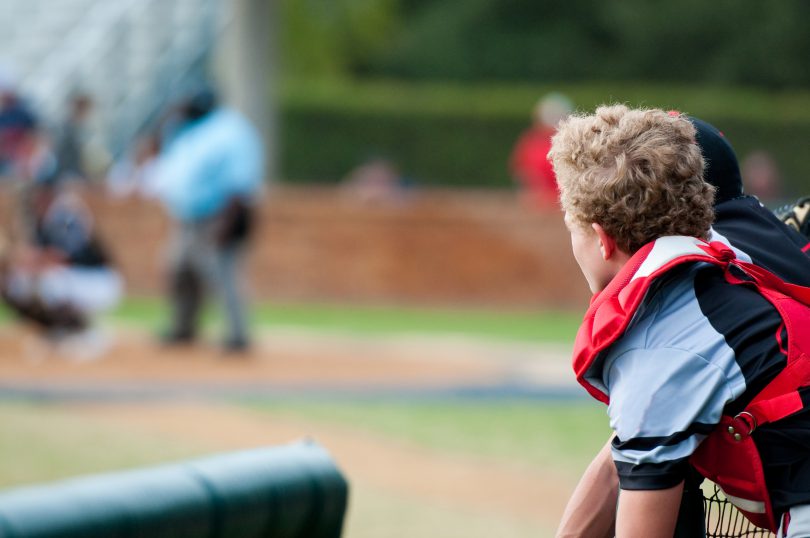If you are having trouble engaging with college recruiters, your inability to connect with coaches or programs can likely be attributed to one of four common barriers to reciprocal interest in the recruiting process. In this article, we explore these four problem areas and how to use them to diagnose where things are going wrong in your recruiting process. We suggest using these checkpoints in the order listed below:
Program Fit
This should be your first checkpoint and is usually the place where recruits go wrong in their search for a college fit. Ask yourself this simple question: Do I meet the academic and athletic standards of the programs I am pursuing? In other words, are you targeting the appropriate school(s) for your skill set? If the answer is no, then you either need to give yourself more time to mature and develop a skill that meets the standards, or explore school options that do fit your academic and athletic skill sets. In an ABCA Calls from the Clubhouse on recruiting, Alabama Head Coach Brad Bohannon said he felt the number one mistake prospects make going through the recruiting process is targeting programs that don’t fit their skill set. It’s okay to stretch for some schools, but the majority of the programs you pursue should match your skill set. Remember, there is more baseball out there than D1 baseball and there is quality baseball at every college level.
Timing Fit
If you are targeting the appropriate schools, the next checkpoint is timing. As we have described before, timing is incredibly important in the recruiting process. Simply put, you need to be contacting schools when they are recruiting players in your recruiting class. While the upper echelon of D1 programs recruit many of their players in the underclass (freshman/sophomore) years, the vast majority of college programs do the bulk of their recruiting in the upperclassmen years. It is not until September 1 of junior year (D1’s) or June 15 prior to the start of junior year (D2’s) that coaches can contact prospects, so poor response rates can be expected, unless you are a top recruit in your recruiting class. Telling a D2 or D3 coach as a freshman in high school that you are interested in his program may get you four years of camp invites, but don’t expect any serious dialogue. This is much too early for them to be seriously considering you as a prospect. Develop an understanding for when you should contact schools and when they are looking for players like you.
Program Need
If the skill set is right and the timing is right and a school is still not taking the bait, you are likely running into an issue of program need. Every program has specific needs for each recruiting class. If you are a right-handed hitting outfielder and you contact a program that already has 6 right-handed hitting outfielders, they are not likely to be looking for another one. Some coaches also like recruiting particular skill sets or tools to complement their current roster or ballpark dimensions. It may be the case that the school simply isn’t looking for what you offer. Most of the time, if you pass the first two checkpoints, coaches will simply tell you that you don’t fit what they are looking for or ask you to give them more time to figure out exactly what they will need in your recruiting class. If they don’t volunteer that information, ask them where you stand.
Financial Fit
Financial fit or coming to a financial agreement that works for the program and player is usually the last stepping-stone to committing or signing to play at a particular school. It’s important to understand the way baseball scholarships work. Unlike football or basketball, the scholarship amounts that baseball has to work with are severely limited. Simply put, baseball scholarships at the NCAA level are only likely to cover a portion of your total cost of attendance. If a school has already given out a lot of their allotted scholarship money, they may not be able to offer you what you think you deserve. This isn’t necessarily a commentary on what they think about you as a player, it can just be a matter of circumstance. If finances are a big sticking point in your decision, many community colleges can offer more substantial scholarship packages, full rides, or subsidized education. Baseball scholarships are also not the only way to pay for school. Academic scholarship money can be a big help, and we also discuss some of the other ways to pay here. Agreeing on an offer is usually the last hurdle. If this is a recurring issue in your discussions with schools, you may have to change your expectations or find other ways to help pay for schools.







